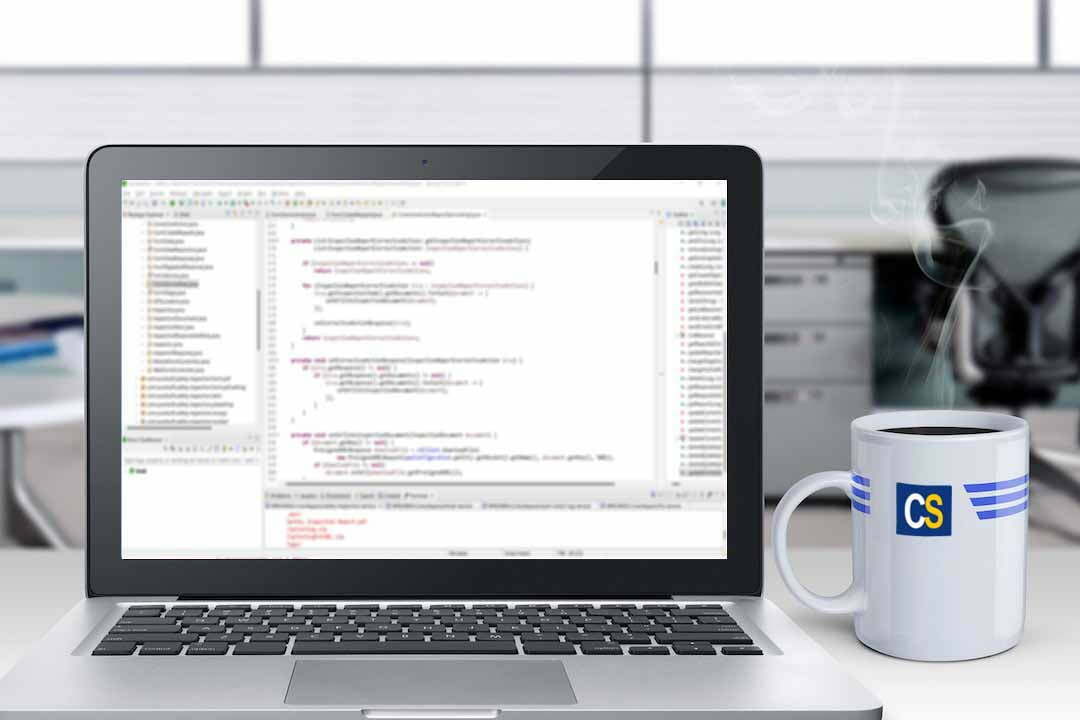Changing the remote URL of a Git repository is a common task that is necessary when you want to move a repository to a new location or switch to a new hosting service. In this post, we will show you how to easily change the remote URL of a Git repository in a few simple steps.
Prerequisites
Before we begin, you will need to have Git installed on your system. If you don’t already have Git installed, you can follow the instructions in the Git documentation to install it.
Check the current remote URL
Before we change the remote URL, it’s a good idea to check what the current remote URL is. You can do this by running the following command:
git remote -vThis will display a list of the remote repositories that are currently configured for your repository, along with their URLs. Example:
origin https://[email protected]/myrepo.git (fetch)
origin https://[email protected]/myrepo.git (push)Change the remote URL
To change the remote URL, you can use the git remote set-url command. The syntax for this command is:
git remote set-url <name> <new_url>Where <name> is the name of the remote repository, and <new_url> is the new URL you want to set for the repository.
For example, if you want to change the URL of a remote repository named origin to https://newurl.com, you would run the following command:
git remote set-url origin https://newurl.comTest the new URL
After you have changed the remote URL, it’s a good idea to test the new URL to make sure it is working correctly. You can do this by running the following command:
git fetch <name>Where <name> is the name of the remote repository you just updated.
If the new URL is working correctly, you should see a message indicating that the fetch was successful. If you receive an error message, it may be that the new URL is incorrect or that there is a problem with the connection.
Conclusion
In this post, we showed you how to easily change the remote URL of a Git repository. By following these simple steps, you can quickly update the location of your repository and continue to work with Git as usual.
